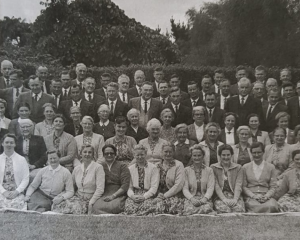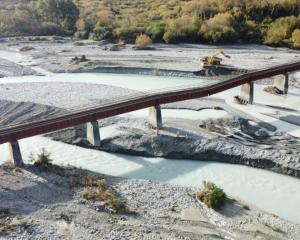
He says a new strategy released yesterday will go some way to alleviating it.
The New Zealand-Aotearoa Government Tourism Strategy was released at Trenz, in Rotorua, by Mr Davis and Conservation Minister Eugenie Sage.
It came as figures released yesterday by the Ministry of Business, Innovation and Employment (MBIE) showed while predicted growth was "moderate", an expected 4% a year increase in visitor arrivals meant New Zealand would receive 5.1million visitors in 2025, compared with 3.9million last year.
MBIE business and economic development manager Antony Kennedy said the total spend of those visitors, not including air fares, would reach $15 billion by 2025.
The new strategy promises to "enrich New Zealand-Aotearoa through sustainable tourism growth".
Asked how growth and sustainability could happen at the same time, particularly in a place like Queenstown with its bulging tourism sector, Mr Davis said the plan was not just growth for the sake of growth.
"We've got to grow value over volume."
That meant attracting people in the off-season, getting people to visit more regions, stay for longer and spend more.
Queenstown was "a bucket list experience", but the strategy would work to get people to all the regions, from the Catlins to the West Coast and beyond.
"We're well aware that Otago is feeling the pressure."
If the tourism experience in places such as Queenstown and Milford Sound was damaged by growth, that would damage New Zealand tourism. Getting people to travel to other areas would be done by investing in the likes of access, making sure people could easily get to areas such as the Catlins, and making sure visitors were aware of what was on offer.
It was also important to make sure attractions were in place, and that people were welcoming.
The strategy, which has more high-level planning than detail, promises an "all-of-Government" approach to tourism, with sustainable funding from the planned visitor levy.
In terms of sustainability in terms of climate change - more tourists would mean more aeroplanes and buses - Mr Davis said air travel was "a fact of life".
However airlines were working to reduce carbon emissions, and iwi were considering working with airlines to offset emissions.
Tourism Industry Aotearoa chief executive Chris Roberts said this week the sustainability of the industry was "firmly at the heart" of the industry' growth framework.
Key issues were managing the growth of tourism, improving the management of natural resources and acting on carbon emissions and climate change.
In its strategy, the TIA has actions including making carbon reduction a key strategy and investing in infrastructure such as roads, airports and water systems.












